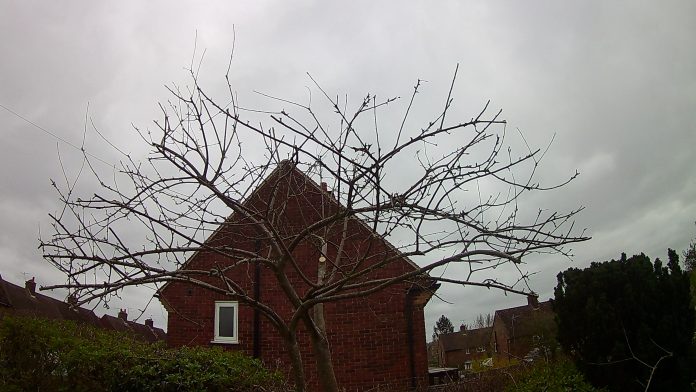Pruning is an essential task for maintaining healthy, productive apple trees. Proper pruning shapes the tree, improves fruit quality, and prevents disease. Here’s everything you need to know about pruning apple trees, including when to do it and how to get started.
Why Prune Apple Trees?
Pruning benefits apple trees in several ways:
- Promotes Healthy Growth: Removing dead, diseased, or overcrowded branches improves airflow and reduces the risk of fungal infections.
- Improves Fruit Quality: Pruning allows sunlight to reach the fruiting wood, encouraging the development of larger, sweeter apples.
- Controls Size and Shape: Pruning keeps the tree manageable and ensures easier harvesting.
When to Prune Apple Trees
The best time to prune apple trees depends on the type of pruning:
- Winter Pruning (January to March): This is the primary time for pruning, especially for established trees. The tree is dormant, making it easier to see the branch structure.
- Summer Pruning (June to August): Used for shaping and thinning vigorous trees or reducing excessive growth. Focus on removing water sprouts and overly vigorous shoots.
Tools You’ll Need
- Pruning Shears: For small branches and twigs.
- Loppers: For medium-sized branches.
- Pruning Saw: For thicker, older branches.
- Disinfectant: To clean tools and prevent disease spread.
How to Prune Apple Trees
- Assess the Tree: Stand back and examine the tree’s shape. Look for branches that cross, are dead, or grow inward.
- Start with Dead or Diseased Wood: Remove any branches that are dead, damaged, or show signs of disease.
- Remove Suckers and Water Sprouts: These are vigorous shoots that grow straight up from the base of the trunk or along main branches. They drain energy without producing fruit.
- Thin Overcrowded Branches: Cut away branches that are growing too close together. Aim for an open, vase-like shape with evenly spaced branches.
- Shorten Long Branches: Trim back overly long branches to maintain a balanced shape. Cut just above an outward-facing bud to encourage healthy growth.
- Focus on Fruit Spurs: Retain short, stubby branches called spurs, as these are where most of the fruit is produced. Avoid over-pruning, as this can reduce yield.
- Step Back and Check: Periodically step back to assess the tree’s overall shape and balance. Avoid removing more than 20-25% of the tree in one season.
Aftercare
- Clean Up Debris: Remove pruned branches from around the tree to reduce the risk of pests and diseases.
- Fertilize and Mulch: Apply a balanced fertilizer and a layer of mulch to support healthy regrowth.
- Monitor for Pests and Diseases: Regularly inspect the tree for signs of issues and address them promptly.
Tips for Success
- Prune on a Dry Day: This reduces the risk of spreading diseases.
- Angle Your Cuts: Make clean, angled cuts just above buds or branch collars to promote healing.
- Don’t Over-Prune: Excessive pruning can stress the tree and lead to excessive vegetative growth.
Pruning Young vs. Mature Trees
- Young Trees: Focus on shaping the tree and establishing a strong framework of branches. Remove weak or competing branches to create an open, balanced structure.
- Mature Trees: Concentrate on maintaining the tree’s size and improving fruit production. Remove older, unproductive wood to encourage new growth.
Common Apple Varieties and Specific Tips
- Cox’s Orange Pippin: Prune to encourage good airflow to prevent scab.
- Bramley’s Seedling: Manage vigorous growth with regular thinning in summer.
- Egremont Russet: Maintain a compact structure to optimize fruit quality.
Pruning apple trees might seem daunting at first, but with practice and attention to detail, it becomes a rewarding gardening task. By following these steps, you’ll ensure your apple tree remains healthy, productive, and a source of delicious fruit for years to come.




